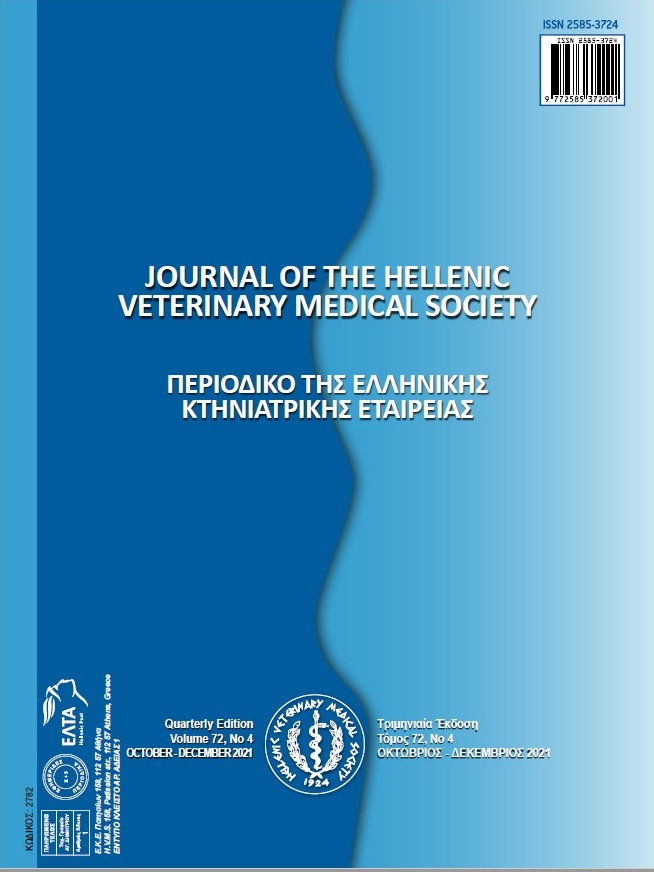In silico design of short hairpin RNA (shRNA)Molecules for DNA pol gene of Contagious Ecthyma virus (ORFV)
Abstract
Contagious ecthyma is an infectious skin disease of ruminants caused by the ORF virus (ORFV) that is a member of genus Parapoxvirus of the Poxviridae family. In addition to the significant effects on lambs and human, ORFVs have been recently shown to infect other hosts. The disease causes significant economic damages to the sheep industry, so attempts to eliminate it must be taken into.RNA interference (RNAi) is an evolutionarily conserved mechanism in which the expression of homologous target genesis is suppressed by means of double-stranded RNA molecules. Since RNAi can be considered as a therapeutic method for viral gene silencing, we tend to make the most of this capability. The present study aims to design potential shRNAs to knockdown the DNA-polymerase gene coded by ORF025.A significant number of computational methods such as clustal omega website to target alignment, BLAST-NCBI to similarity search, CLC software to secondary structure prediction, BLOCK-iTRNAi Designer and WI siRNA Selection Program and Software to design of shRNA molecules and scoring have been applied for shRNA molecules designing against the ORF025-DNA pol gene of ORFV. Then three shRNA molecules were logically designed against the ORF025-DNA pol gene. In conclusion the present study provides a strong and superior approach for achieving a validated strategy to design an antiviral shRNA molecule that meets many sequence features for efficient ORFV knockdown and treatment at the mRNA level. The efficiency of these anti ORFV shRNAs need to be tested
Article Details
- How to Cite
-
ASADI SAMANI, L., SAFFAR, B., MOKHTARI, A., & AREFIAN, E. (2022). In silico design of short hairpin RNA (shRNA)Molecules for DNA pol gene of Contagious Ecthyma virus (ORFV). Journal of the Hellenic Veterinary Medical Society, 72(4), 3307–3312. https://doi.org/10.12681/jhvms.29365
- Issue
- Vol. 72 No. 4 (2021)
- Section
- Research Articles

This work is licensed under a Creative Commons Attribution-NonCommercial 4.0 International License.
Authors who publish with this journal agree to the following terms:
· Authors retain copyright and grant the journal right of first publication with the work simultaneously licensed under a Creative Commons Attribution Non-Commercial License that allows others to share the work with an acknowledgement of the work's authorship and initial publication in this journal.
· Authors are able to enter into separate, additional contractual arrangements for the non-exclusive distribution of the journal's published version of the work (e.g. post it to an institutional repository or publish it in a book), with an acknowledgement of its initial publication in this journal.
· Authors are permitted and encouraged to post their work online (preferably in institutional repositories or on their website) prior to and during the submission process, as it can lead to productive exchanges, as well as earlier and greater citation of published work.



